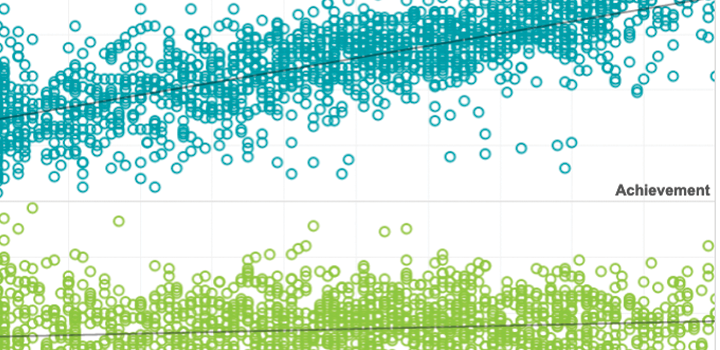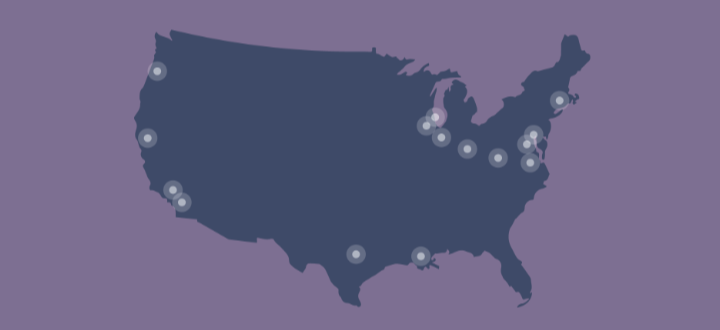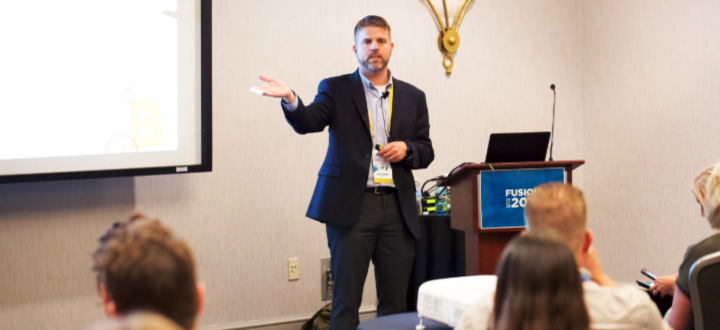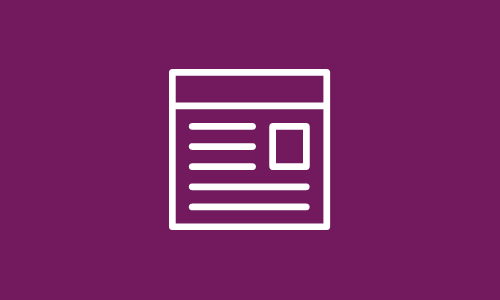

This research introduces a novel approach, using the Bayes factor, wherein a researcher can directly test for homogeneous within-person variance in hierarchical models. Additionally, we introduce a membership model that allows for classifying which (and how many) individuals belong to the common variance model.
By: Donald Williams, Stephen Martin, Phillipe Rast
Topics: Measurement & scaling
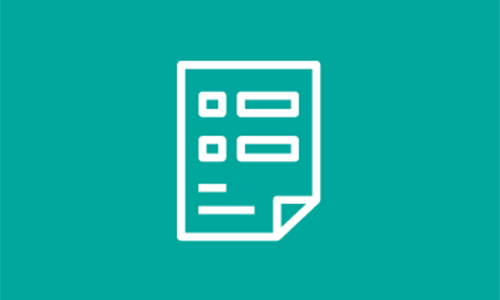

MAP Growth linking studies: Intended uses, methodology, and recent studies
This document presents the intended uses and methodology of the MAP Growth linking studies, a description of the results provided in the linking study reports, and a summary of the recent linking studies conducted by NWEA to incorporate the new 2020 norms.
By: Ann Hu
Products: MAP Growth


An investigation of item parameter invariance using focused calibration samples for MAP Growth
Two studies were conducted to evaluate whether the existing MAP Growth item parameter estimates are invariant across different calibration samples.
By: Wei He
Products: MAP Growth
Topics: Computer adaptive testing


The American Rescue Plan provides $122 billion for COVID recovery in schools. With more than 40 state plans approved, how are districts collecting, monitoring, reporting and learning from the unprecedented interventions? What can districts do now to design and implement data collection processes that will shape collective learning? In this webinar, you will hear how district leaders and researchers are approaching this opportunity to alter life outcomes for generations.
By: David Brackett, Jacob Cortez, Dan Goldhaber, Emily Morton
Topics: COVID-19 & schools, High-growth schools & practices, Informing instruction


GGMnonreg: Non-regularized Gaussian graphical models in R
Graphical modeling has emerged recently in psychology (Epskamp et al. 2018), where the data is typically long or low-dimensional (p < n; Donald R. Williams et al. (2019),
Donald R. Williams & Rast (2019)). The primary purpose of GGMnonreg is to provide methods that were specifically designed for low-dimensional data (e.g., those common in the
social-behavioral sciences).
By: Donald Williams
Topics: Measurement & scaling


This study examined the stability of social-emotional learning (SEL) skills and the extent to which students’ initial level in SEL skills in 6th grade and growth in SEL skills from 6th to 8th grade are related to students’ successful transition to secondary school. Findings suggest that understanding how a student develops social-emotionally can improve identification of students not on track to succeed in high school.
By: James Soland, Megan Kuhfeld
Topics: Social-emotional learning, High school, Middle school


The forgotten 20 percent: Achievement and growth in rural schools across the nation
Using achievement data from fall and spring of grades K-8 for 840,000 students in 8,800 public schools, this study provides novel evidence on how achievement and growth differ between rural and nonrural schools. Rural students start kindergarten slightly ahead of nonrural students but fall behind by middle school. The divergence is driven by larger summer losses for rural students. In both rural and nonrural schools, Black–White achievement gaps widen during the school year.
By: Angela Johnson, Megan Kuhfeld, James Soland
Topics: Equity, Growth modeling, Seasonal learning patterns & summer loss
